SOLAR ECLIPSE Q&A WITH ALFONSO PONCE, MD
Our own Alfonso Ponce, MD is headed to a prime viewing spot for the August 21st solar eclipse. We asked him a few questions about what precautions to take during this unique event.
What will happen if I look at the eclipse without proper eye protection?
During the solar eclipse, if you look at the sun directly, you could damage your retina before you realize it. Even if it is a small amount of exposure. The damage to the retina, especially the macula (the center of your vision) could be irreversible. You can view an eclipse with proper protection, however.
What types of protection are safe?
In order to protect your eyes from the harmful rays, you must use eclipse glasses or card viewers – here’s a list of reputable sellers from the American Astronomical Society. Sunglasses (including the kind we provide after surgery here at St. Luke’s) will NOT provide adequate protection.
NASA says: The Sun can be viewed directly only when using filters specifically designed for this purpose. Such filters usually have a thin layer of aluminum, chromium or silver deposited on their surfaces that attenuates ultraviolet, visible, and infrared energy. One of the most widely available filters for safe solar viewing is a number 14 welder’s glass, available through welding supply outlets.
Can I take a photo of the eclipse with my phone or camera?
No – this is particularly dangerous because your camera or phone will actually magnify the sun’s rays. It will be harmful to the device as well as your eyes. Think of how when you were a kid, you may have used a magnifying glass to generate a flame using the sun’s rays. If you wish to take a photo, you must purchase an adaptor for your lens – a filter that will prevent the censor from being burned. You can find these filters at places like: Best Buy, B&H Photo and Video, and Gear Patrol.
Is it dangerous for my skin to be outside during the eclipse?
Your skin is safe during an eclipse because the sun’s rays aren’t concentrated or magnified like they are in the human eye. It’s perfectly OK to be outdoors, but again – do not look directly at the eclipse, and as always, wear sun screen and eye protection.
Tell us about your plan for the day of the Eclipse!
I’m headed to Simpsonville, SC. This is quite an event. Monday, August 21st the moon will cast a shadow that is 70 miles wide and slip between Earth and the sun creating a very rare display back here on Earth. It’s being called the “Great American Eclipse”. We will see a coast to coast total solar eclipse unlike any other over the last 99 years.
I chose Simpsonville for several reasons: it’s within driving distance; it’s a great spot to see the different faces of the eclipse; they will have a total eclipse, and it’s a nice rural area that should allow for a better overall experience as opposed to a large city. When the moon passes in front of the sun, it’s literally like going from day to night. If it’s clear – you can briefly see the stars, you may notice a temperature drop, and you might even hear some of the night time creatures start to make their sounds. You can find what the eclipse will look like in your area by visiting: https://www.timeanddate.com/eclipse.
Virtual Flyover Video of the 2017 Solar Eclipse


